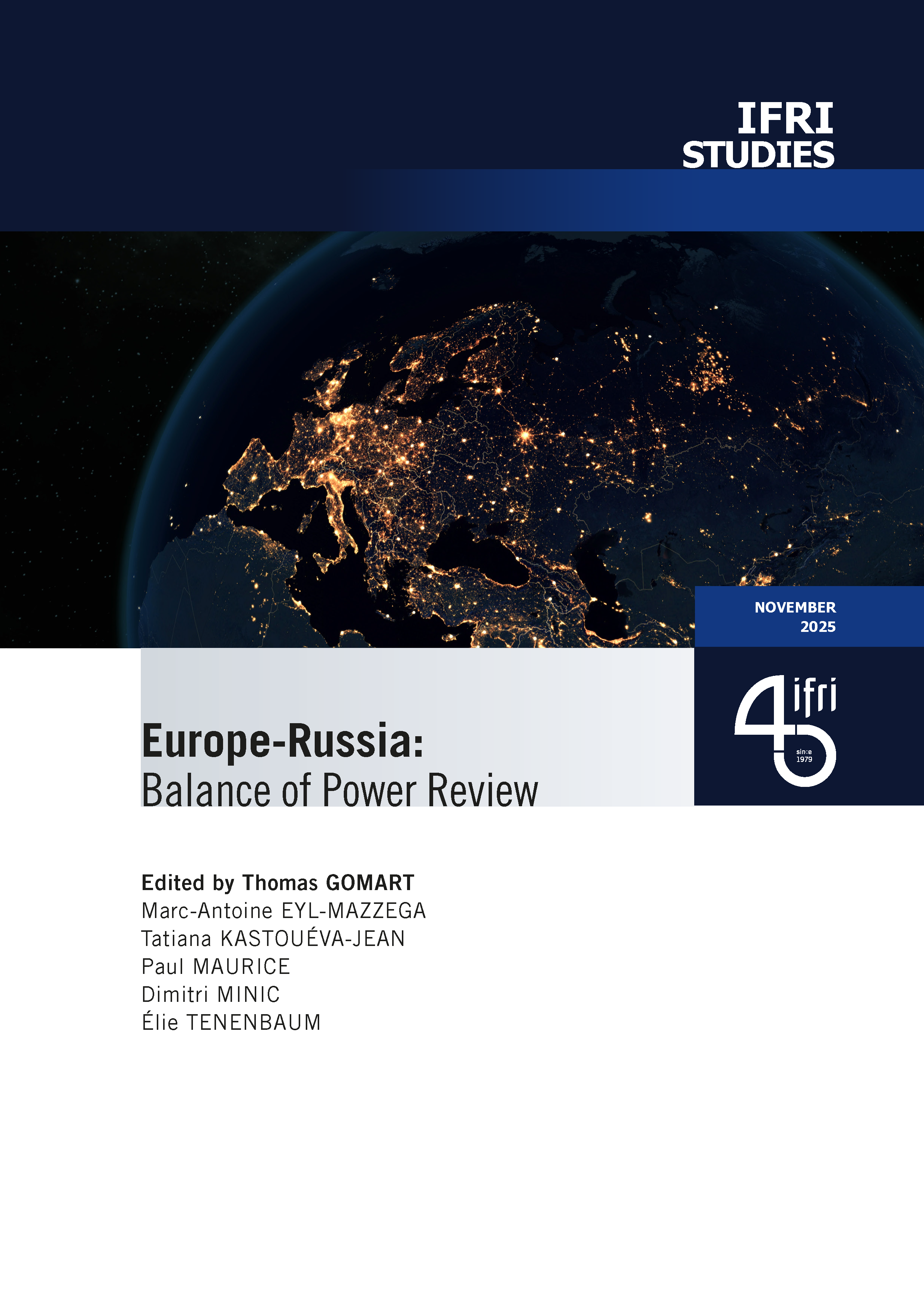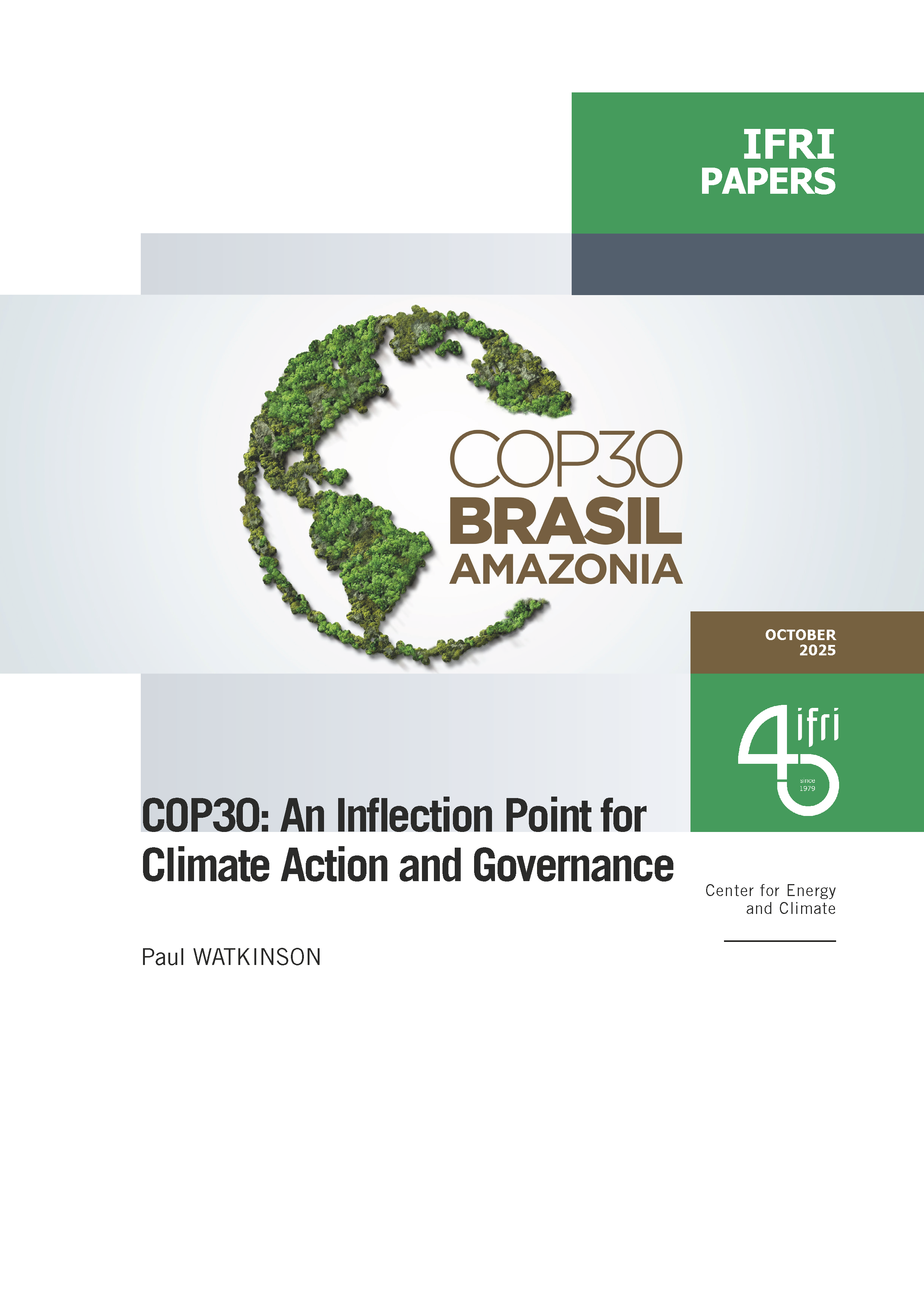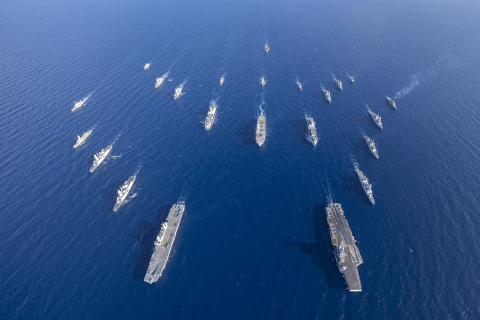NATO 1949-2009

A little more than 60 years after its creation, questions about the future of the Alliance emerge at the intersection of three observations. First, the complexity of the world, which makes the Alliance ‘inevitable,' since it is a rare source of stability and solidarity in a world marked by uncertainty. Second, American doubt. If the United States was the global policeman for some simple minds at the start of the 1990s, others see the US as having used up its power in the adventurism of the Bush Administration. The future will wipe out these two caricatures. For members of the Alliance, the US will long continue to be a necessary friend, whose power and possible abandonment are feared. The third observation is, obviously, Europe's incurable ethnocentricity: if Europeans knew how to look at the world and their place in it, they would rapidly give up their mediocre powerlessness. History is moving on elsewhere and raises questions on its chaotic path to which others are replying more quickly. In the years ahead, therefore, the Alliance may lorge ahead without Europe or nearly without it, despite the fact that Europeans' specific know-how could be useful.

The year 1989: 40 years – and victory, without a shot being fired. The Atlantic Alliance stood as the clearest symbol of victory by the West, as the opposing camp split up and unpicked the Warsaw Pact. The Alliance was victorious even though it had no responsibility for victory. It was first in line to take on the gains and risks of victory, including the new image of the West, which suddenly saw itself as the world, along with the danger of Western-centrism that took ten years to dissipate. Given its gains, successes, metaphysical doubts, errors, and failures, debates about the Alliance, albeit somewhat distorted but nevertheless truthful, reflected a West that no longer knew its limits, and that, basking in glory, wondered about its future.
Since 1989, the Atlantic Alliance has displayed great malleability, and an exceptional capacity to adapt itself to the world (it is recalled at the start of this publication that the French are the only ones who like to distinguish both institutionally and politically between the Atlantic Alliance and the North Atlantic Treaty Organization – NATO). The skeptics, often but not only French, have been wrong in believing that its bureaucratic torpor would prevent it from keeping up with rapidly changing history. The Alliance has turned into a formidable machine for ‘living together’ during the last 15 years, for obvious reasons, linked to the rejection of the all-too recent Soviet domination, along with other more complex issues that we will leave to future historians. This is undoubtedly its most spectacular success, which is far more unexpected than its considerable military might over the years. Yet, the Alliance’s military effectiveness (assumed though never questioned) also played a decisive role; for the last 20 years, NATO has been the only military coalition that was immediately credible (and it will probably remain thus for a long time to come). For this reason, NATO took over in the Balkans in 1994, only a few years after it had been marginalized there. It is also why NATO is primarily seen as the supreme guarantee of security – inalienable in the strongest meaning of the term – for all its members, old and new.
TABLE OF CONTENTS
The Background to the Debate
A Vibrant and Flexible Alliance, by Lord Robertson of Port Ellen
NATO from Washington (1949) to Strasbourg/Kehl (2009), by Karl-Heinz Kamp
From an enlarged NATO to a global NATO?
Towards a Security Web, by Zbigniew Brzezinski
The Global NATO Debate, by Michael Clarke
Considerations on NATO's Future Direction, by Christopher S. Chivvis
NATO, Europe and Russia
NATO: A View from Central Europe, by Bogdan Klich
NATO and ESDP: Institutional Complexities and Political Realities, by Jolyon Howorth
NATO and Russia: A View from Moscow, by Sergueï Rogov
NATO-Russia: Is the ‘Russian Question' European?, by Thomas Gomart
France and NATO
France and NATO: An History, by Maurice Vaïsse
France's ‘Return' to NATO: An Inopportune Decision, by Jean-Pierre Chevènement
Reforming NATO?
NATO and Nuclear Weapons, by Ian Anthony
Reforming NATO's Institutions: Pressing Need, Enduring Obstacles, New Opportunities, by Diego A. Ruiz Palmer
Counterpoint, 1964
The Reform of NATO and the Free World's Security Pact, by Eugen Gerstenmaier

Available in:
Regions and themes
ISBN / ISSN
Share
Related centers and programs
Discover our other research centers and programsFind out more
Discover all our analysesThe Global NATO Debate
The ultimate direction taken by the Alliance – be it a ‘return to home base,’ a ‘global expansion’ or the pursuit of ‘global missions’ – will be heavily influenced by perceptions of what happens in Afghanistan over the next two years.
Considerations on NATO’s Future Direction
The question of how the Alliance can best meet the common security problems of its member states should determine the revision of the Strategic Concept and analysis of the future of NATO in general.
NATO: A View from Central Europe
Poland is not just concerned with the usefulness of the Alliance, but also with what can be done to make it more effective, and to maintain its relevance and good health in the decades ahead.
NATO and ESDP: Institutional Complexities and Political Realities
With 50 years’ seniority over the ESDP, and despite its austere origins, NATO transformed itself during the 20th century into a political-bureaucratic machine in search of a more appropriate international role.






